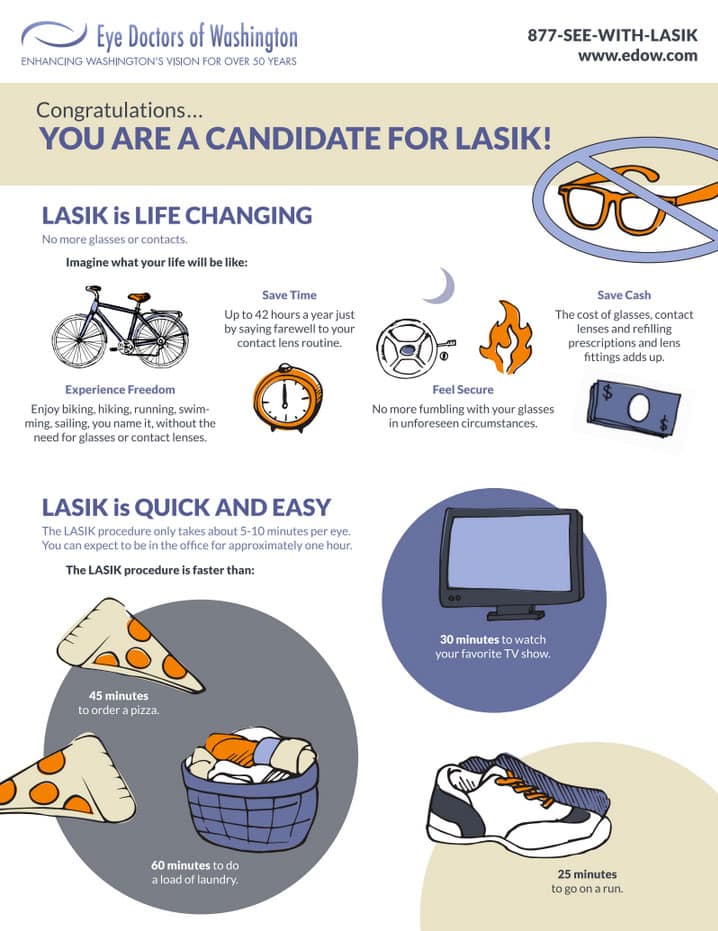Comprehending The Various Sorts Of Intraocular Lenses For Cataract Surgical Procedure

Article written by-Bragg Storm
Throughout cataract surgery, your natural lens is gotten rid of and changed with a man-made lens. Your doctor will go over with you the various types of IOLs readily available to reduce or remove your demand for glasses after surgical treatment.
Conventional IOLs have one focusing range as well as are generally established for clear distance vision. Premium IOLs, likewise called multifocal or accommodative lenses, have zones with different focusing staminas to permit you to see near and far items without glasses.
Monofocal IOLs
Criterion monofocal lenses are utilized most often to deal with cataracts throughout a treatment called refractive lens exchange (also referred to as clear lens exchange). The cataractous all-natural lens is changed with an artificial one, leading to improved vision.
These IOLs offer clear vision at a single range. They are typically set to maximize your distance vision, yet you will still require checking out glasses for close to items.
These lenses are made from an acrylic material that is flexible as well as collapsible. This permits your optometrist to position them right into the exact same laceration through which your all-natural lens was eliminated during surgery. Your eye doctor can discuss your IOL alternatives with you as well as advise the best course of action for your visual demands.
Multifocal IOLs
These exceptional lenses offer a variety of focus regions, eliminating the demand for glasses to see up close, away or in between. https://treva6treena.bravejournal.net/post/2023/06/07/Frequently-Asked-Questions-Regarding-Refractive-Surgical-Procedure-Answered is attained with multiple especially created focusing powers or by fitting (transforming form) the lens. It may take a while for your mind to get used to these lenses, but the vision they offer is well worth the effort!
These lenses are split right into 2 major classifications based upon how they flex light to create numerous retinal pictures. They can be categorized as refractive multifocal as well as diffractive multifocal lenses.
Refractive Multifocal IOLs have numerous curvatures to develop "refractive zones" that bend light to generate several retinal images with various dioptric powers. This enables a higher degree of photo quality without being dependent on the size of the pupil. Examples consist of the Tecnis Multifocal and Panoptix.
Toric IOLs
In individuals with astigmatism, the curve of the cornea is somewhat incomplete, so light going into the eye is not focused in one area on the retina. This leads to fuzzy vision. Throughout cataract surgery, toric IOLs are straightened so the lens's steepest portion matches this curve and also produces clear, sharp vision.
https://www.bjpenn.com/mma-news/exclusive-interviews/billy-quarantillo-expects-to-finish-gabriel-benitez-at-ufc-vegas-31-after-getting-much-needed-eye-surgery/ are an excellent alternative for individuals who require cataract surgery and wish to minimize their dependency on glasses or contact lenses. However, a toric IOL requires to be perfectly lined up for optimum visual results. For every single 3 degrees of misalignment, the IOL is 10% much less reliable.
To lessen the danger of postoperative IOL turning, the ocular viscoelastic device (OVD) must be extensively eliminated from the capsular bag prior to IOL insertion. Throughout this step, the doctor should very carefully note the steepest factor of the cornea to help lead the IOL's axis after it is dental implanted. This aids stop the patient from needing to undergo surgical procedure again to have the IOL re-aligned.
Expanded Depth of Focus (EDOF) IOLs
A new innovation has actually lately arised in the therapy of presbyopia called Extended Depth of Emphasis (EDOF). These lenses use a single extended centerpiece to boost range of vision. The resulting lenses do not have the multiple factors of focus of multifocal IOLs, which can trigger halos and glare for some clients.
An optimal EDOF lens would provide a sharp focus over an array from plano to -1.50 D, allowing individuals to see near, intermediate, and range things without glasses. https://kirk6delmy.bravejournal.net/post/2023/06/07/Innovations-And-Also-Developments-In-Refractive-Surgical-Procedure to be presented was the diffractive design of the Tecnis Symfony IOL, which uses light-splitting rings to prolong the range of vision. Nevertheless, this layout can cause a decrease on the other hand level of sensitivity that many people do not endure well.
A more recent non-diffractive EDOF IOL is the Vivity IOL, which incorporates aspheric optics with a pinhole style to raise depth of emphasis. This style lowers generated aberrations as well as might lead to far better comparison level of sensitivity, though it does not totally correct for astigmatism or allow for useful near vision.

